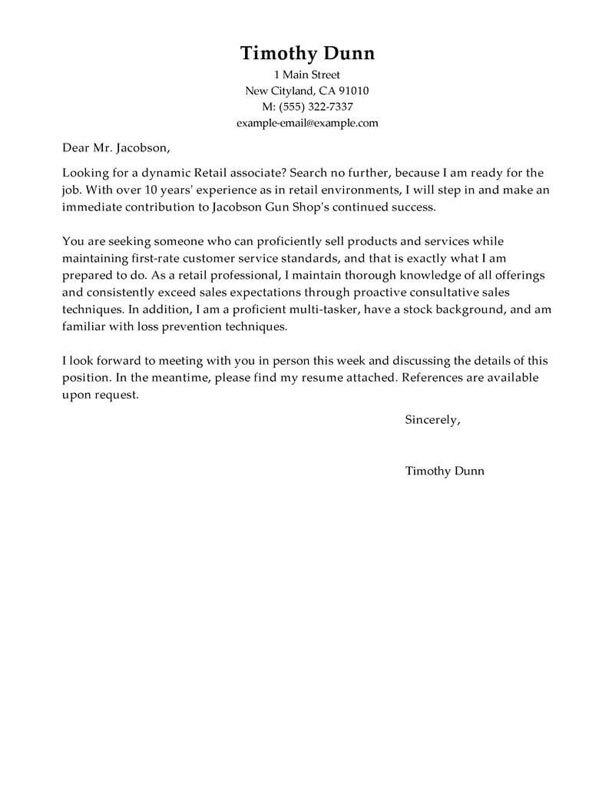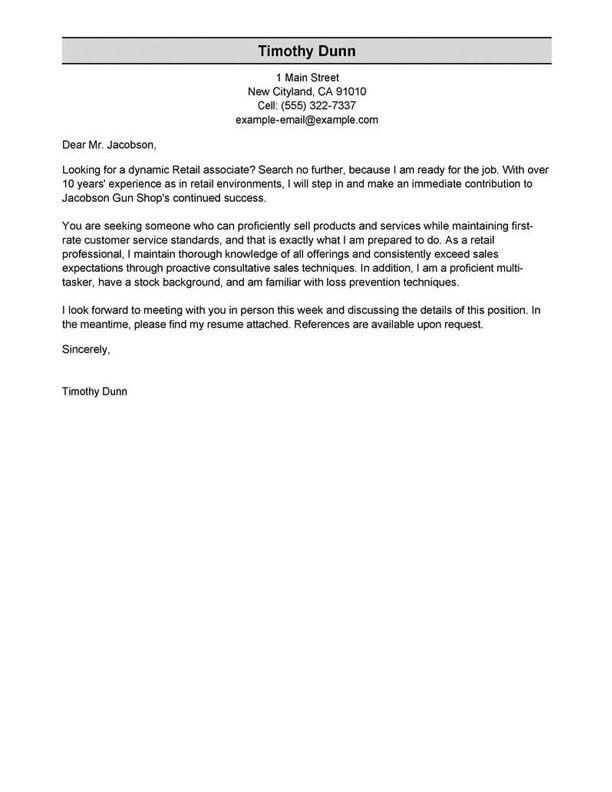TABLE OF CONTENTS
Service Manager resume
summary examples
To make your resume pass the seven seconds recruiters spend eyeing a resume, write an impactful resume opener.
The resume summary consists of a two to three-sentence paragraph introducing yourself to potential employers by featuring your top skills and professional abilities.
Think of it like a business pitch. Your knowledge and experiences are the product you have to sell to the investor, in this case, the employer.
If you have plenty of work experience in your desired field, choose the professional summary approach.
If this is your first time applying for a Service Manager position, use the objective statement, which allows you to share your skills as they relate to your career goals.
You can compare these two approaches in the examples below to determine which is better for your situation.
Good example:
“ Experienced Service Manager with a proven track record of success in managing customer service teams and driving operational efficiency. Demonstrated expertise in improving customer satisfaction, increasing customer loyalty, and optimizing processes to reduce costs and improve service quality. Skilled in training and developing team members, troubleshooting complex customer issues, and utilizing data-driven strategies to drive growth and profitability.”
Why this example passes:
- Feature candidate’s success statistic to grab attention. Numbers add detail about how big the results you deliver are, e.g., test scores, passing rate and more.
- Shows career length, 11 years.
- Mentions employer-desired skills: student motivation and interactive lessons.
Bad example:
“ Experienced Service Manager with a passion for customer service. Skilled in problem solving and communication. Committed to providing the best customer experience.”
Why this example fails:
- Doesn’t include any numbers that quantify service manager’s performance
- Uses vague descriptions and skills.
- Doesn’t include years of teaching experience.
The fastest way to write your
professional summary
Showcase your selling points as a Service Manager with an attention-grabbing professional summary generated by our Resume Builder! It’s an automated tool that will suggest best-use phrases and content-rich sentences you can customize.
- 1
Enter the details about the job title you held. The builder comes preloaded with auto-suggested phrasing written by resume experts.
- 2
Then, just pick from these suggested phrases that best frame your experience and customize them to your liking!
- 3
All you have to do is choose the summary phrases that best frame your experience. It’s like having a professional do it for you!
You can take advantage of the expert-written phrases you’ll find in our Resume Builder or go the extra mile and use our professional resume-writing services. LiveCareer offers many options for all applicants wanting an effective resume that lands jobs!
The reviews are in!
See what they’re saying about us on Trustpilot.
Service Manager resume work
experience examples
As an Service Manager, your work experience section is crucial to convince employers you’re the best candidate. Picking job-relevant skills and achievements is vital to write a good resume since they must directly respond to the employer’s needs. The following work experience examples will help you identify the do’s and don’ts of writing this essential resume section.
Good example:
Rolling Meadows Middle School I Rolling Meadows, IL I 8/2018-current
- Spearheaded the implementation of a customer service program that increased customer satisfaction by 20%
- Managed a team of 10 customer service representatives to ensure high-quality customer service
- Developed and implemented customer service policies and procedures to improve customer service delivery
- Analyzed customer feedback and trends to improve customer service processes and procedures.
Why this example passes:
- Numbers and statistics add detail and quantify the results this service manager delivers: 4% improvement and a class size of 20-25.
- Good use of strong words and active language.
- References specialized value cahier provides with “individualized lesson plans.”
Bad example:
Emily Dickinson Elementary I Redmond, WA I 4/2022-present
- Managed customer service team
- Handled customer inquiries
- Answered phone calls
- Responded to emails
Why this example fails:
- Lacks numbers or statistics.
- Describes general tasks, not teaching achievements or career highlights.
- Uses active verbs, but doesn’t focus on results.
Service Manager resume skills examples
Here are 18 sample skills for service manager:
- Problem-Solving
- Maintenance and Repair
- Time Management
- Schedule Management
- Conflict Resolution
- Preventive Maintenance
- Quality Control
- Customer Service
- Quality Assurance
- Project Management
- Supply Ordering
- Regulatory Compliance
- Office Administration
- Inventory Management
- Business Development
- Workplace Safety
- Project Planning
- Resource Allocation
You should sprinkle skills and abilities throughout your resume. Include them in your professional summary, work experience blurbs and a dedicated skills section.
Examples of additional resume sections
Your Service Manager resume must include your contact information, professional summary, work experience, skills and education. You can further customize your resume with extra sections to showcase other qualifications.
Here are some examples of optional service manager resume sections that you could add to provide greater detail:
- References
- Additional skills
- Certifications
- Languages
- Overview
- Soft skills
- Professional skills
- Accomplishments
Ensure you only share relevant qualifications in your resume’s additional sections. Better to have a concise resume that’s quick to read!
How to choose a resume format
0-3
Years of experience
Functional formats
- Focus on skills.
- Best for first-time service manager who lack work experience.
- Good for people re-entering workforce.
- May omit dates in the work history section.
Organization:
- Skills listed above work experience.
3-10
Years of experience
Combination formats
- Balance skills and work history.
- Ideal for mid-career service manager.
- Suitable for career changers and people seeking promotion.
Organization:
- Skills next to or above work experience.
10+
Years of experience
Chronological formats
- Put the most focus on work history.
- Best for service manager with a long, steady career.
- Most popular format.
- Preferred by recruiters.
Organization:
- Work experience listed above skills.
More Service Manager resume examples
Featured in:*

*The names and logos of the companies referred to in this page are all trademarks of their respective holders. Unless specifically stated otherwise, such references are not intended to imply any affiliation or association with LiveCareer.





